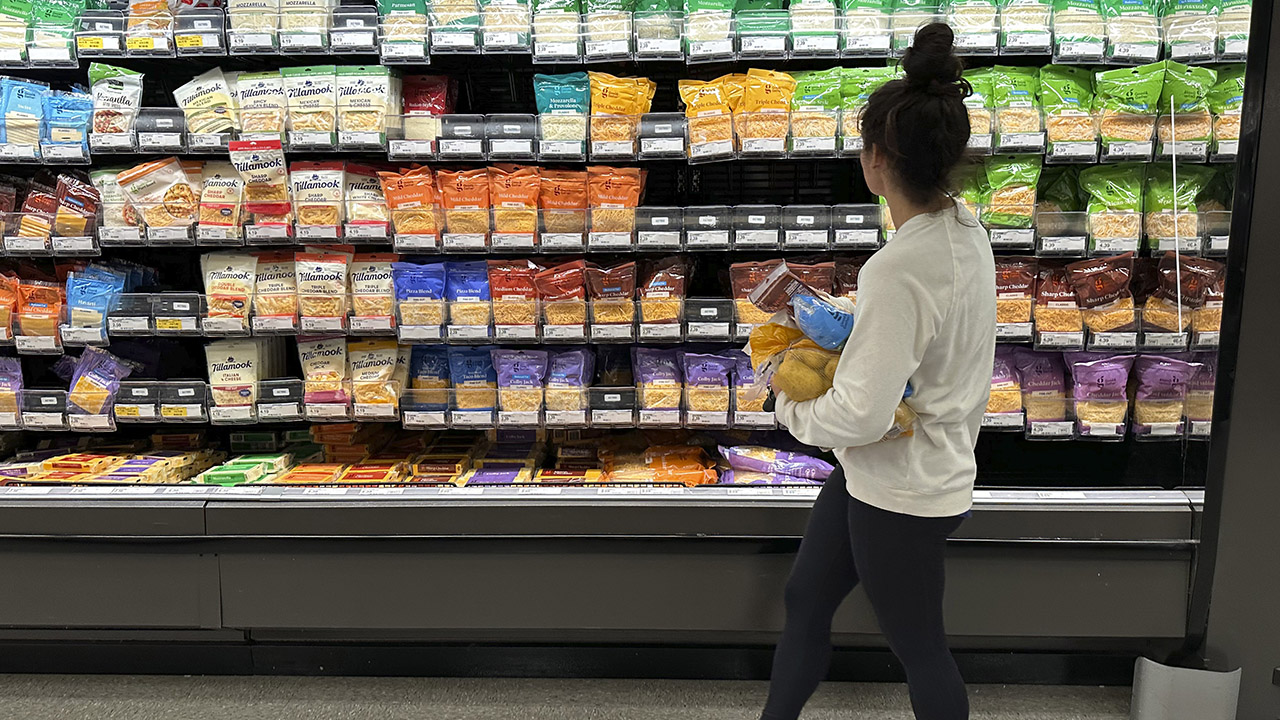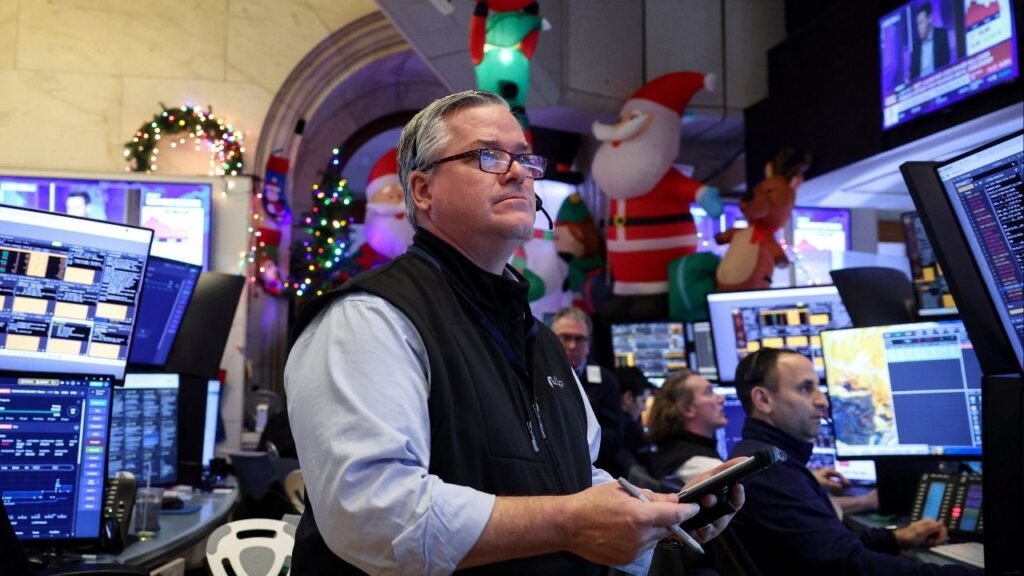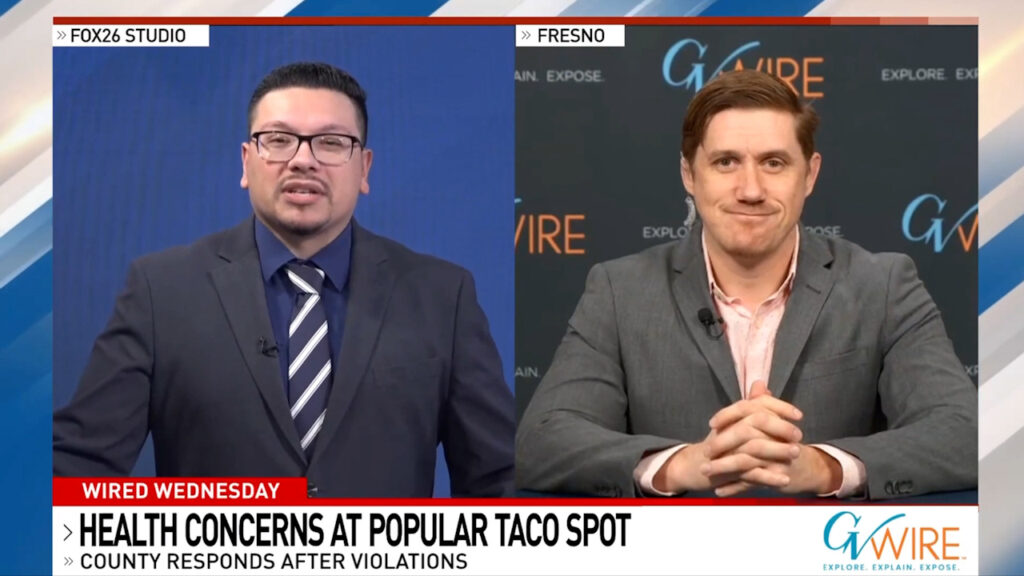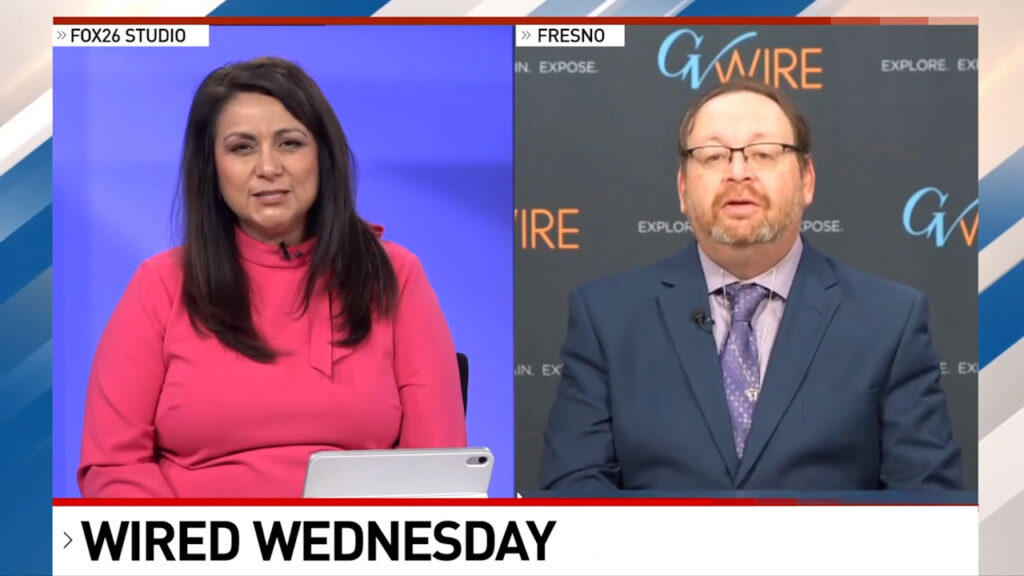Economists credit consumer resistance to high prices for helping to tame the recent inflation spike in the United States. (AP File)

- Companies report customers seeking cheaper alternatives and bargains, signaling a return to pre-pandemic pricing norms.
- Government updates on inflation and consumer health expected this week, with CPI and retail sales reports due.
- Economists remain optimistic about consumer spending, noting that demand remains solid at the right price points.
Share
|
Getting your Trinity Audio player ready...
|
WASHINGTON — The great inflation spike of the past three years is nearly spent — and economists credit American consumers for helping slay it.
Some of America’s largest companies, from Amazon to Disney to Yum Brands, say their customers are increasingly seeking cheaper alternative products and services, searching for bargains or just avoiding items they deem too expensive. Consumers aren’t cutting back enough to cause an economic downturn. Rather, economists say, they appear to be returning to pre-pandemic norms, when most companies felt they couldn’t raise prices very much without losing business.
“While inflation is down, prices are still high, and I think consumers have gotten to the point where they’re just not accepting it,” Tom Barkin, president of the Federal Reserve Bank of Richmond, said last week at a conference of business economists. “And that’s what you want: The solution to high prices is high prices.”
A more price-sensitive consumer helps explain why inflation has appeared to be steadily falling toward the Federal Reserve’s 2% target, ending a period of painfully high prices that strained many people’s budgets and darkened their outlooks on the economy. It also assumed a central place in the presidential election, with inflation leading many Americans to turn sour on the Biden-Harris administration’s handling of the economy.
Related Story: Companies Cut Prices to Boost Sales, Consumers Respond
Consumer Reluctance Forces Companies to Slow Price Increases
The reluctance of consumers to keep paying more has forced companies to slow their price increases — or even to cut them. The result is a cooling of inflation pressures.
Other factors have also helped tame inflation, including the healing of supply chains, which has boosted the availability of cars, trucks, meats and furniture, among other items, and the high interest rates engineered by the Fed, which slowed sales of homes, cars and appliances and other interest rate-sensitive purchases.
Still, a key question now is whether shoppers will pull back so much as to put the economy at risk. Consumer spending makes up more than two-thirds of economic activity. With evidence emerging that the job market is cooling, a drop in spending could potentially derail the economy. Such fears caused stock prices to plummet a week ago, though markets have since rebounded.
Related Story: Consumer Confidence in U.S. Falls in June as Americans Fret About Near-Term ...
Government Updates on Inflation and Consumer Health Expected
This week, the government will provide updates on both inflation and the health of the American consumer. On Wednesday, it will release the consumer price index for July. It’s expected to show that prices — excluding volatile food and energy costs — rose just 3.2% from a year earlier. That would be down from 3.3% in June and would be the lowest such year-over-year inflation figure since April 2021.
And on Thursday, the government will report last month’s retail sales, which are expected to have climbed a decent 0.3% from June. Such a gain would suggest that while Americans have become vigilant about their money, they are still willing to spend.
Many businesses have noticed.
“We’re seeing lower average selling prices … right now because customers continue to trade down on price when they can,” said Andrew Jassy, CEO of Amazon.
David Gibbs, CEO of Yum Brands, which owns Taco Bell, KFC and Pizza Hut, told investors that a more cost-conscious consumer has slowed its sales, which slipped 1% in the April-June quarter at stores open for at least a year.
“Ensuring we provide consumers affordable options,” Gibbs said, “has been an area of greater focus for us since last year.”
Other companies are cutting prices outright. Dormify, an online retailer that sells dorm supplies, is offering comforters starting at $69, down from $99 a year ago.
According to the Fed’s “Beige Book,” an anecdotal collection of business reports from around the country that is released eight times a year, companies in nearly all 12 Fed districts have described similar experiences.
“Almost every district mentioned retailers discounting items or price-sensitive consumers only purchasing essentials, trading down in quality, buying fewer items or shopping around for the best deals,” the Beige Book said last month.
Related Story: Stock Market Today: Wall Street Holds Relatively Steady Ahead of Big Tests ...
Economists Remain Optimistic About Consumer Spending
Most economists say consumers are still spending enough to sustain the economy consistently. Barkin said most of the businesses in his district — which covers Virginia, West Virginia, Maryland and North and South Carolina — report that demand remains solid, at least at the right price.
“The way I’d put it is, consumers are still spending, but they’re choosing,” Barkin said.
In a speech a couple of weeks ago, Jared Bernstein, who leads the Biden administration’s Council of Economic Advisers, mentioned consumer caution as a reason why inflation is nearing the end of a “round trip” back to the Fed’s 2% target level.
Emerging from the pandemic, Bernstein noted, consumers were flush with cash after receiving several rounds of stimulus checks and having slashed their spending on in-person services. Their improved finances “gave certain firms the ability to flex a pricing power that was much less prevalent pre-pandemic.” After COVID, consumers were “less responsive to price increases,” Bernstein said.
As a result, “the old adage that the cure for high prices is high prices (was) temporarily disengaged,” Bernstein said.
So some companies raised prices even more than was needed to cover their higher input costs, thereby boosting their profits. Limited competition in some industries, Bernstein added, made it easier for companies to charge more.
Barkin noted that before the pandemic, inflation remained low as online shopping, which makes price comparisons easy, became increasingly prevalent. Major retailers also held down costs, and increased U.S. oil production brought down gas prices.
“A price increase was so rare,” Barkin said, “that if someone came to you with a 5% or 10% price increase, you almost just threw them out, like, ‘How could you possibly do it?’ ”
That changed in 2021.
“There are labor shortages, Barkin said. “Supply chain shortages. And the price increases are coming to you from everywhere. Your gardener is raising your prices, and you don’t have the capacity to do anything other than accept them.”
The economist Isabella Weber at the University of Massachusetts, Amherst, dubbed this phenomenon “sellers’ inflation” in 2023. In an influential paper, she wrote that “publicly reported supply chain bottlenecks” can “create legitimacy for price hikes” and “create acceptance on the part of consumers to pay higher prices.”
Consumers are no longer so accepting, Barkin said.
“People have a little bit more time to stop and say, ‘How do I feel about paying $9.89 for a 12-pack of Diet Coke when I used to pay $5.99?’ They don’t like it that much, and so people are making choices.”
Barkin said he expects this trend to continue to slow price increases and cool inflation.
“I’m actually pretty optimistic that over the next few months, we’re going to see good readings on the inflation side,” he said. “All the elements of inflation seem to be settling down.”
RELATED TOPICS:
Categories

Trump Expected to Sign $1 Trillion Annual Defense Bill


















